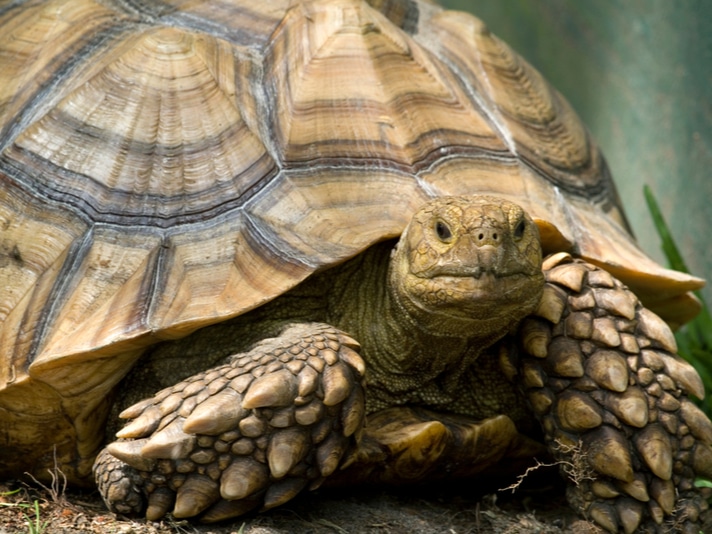Folks who no longer can care for a sulcata tortoise, or any animal, should turn them into a rescue. They should never be released into the wild.
Two sulcata tortoises (Centrochelys sulcata) were removed from the Red Cliffs Desert Reserve after they were after they were discovered there last week. The tortoises, native to Africa, are one of the most popular reptiles in the pet trade, and officials in Utah believe that they were released in the reserve. They also noted that the chelonians would probably not have survived for long in Red Cliffs.
“These tortoises are commonly kept as pets, and they naturally evolved to deal with life in a semi-arid grassland environment, not a dry and much colder desert environment like we have in southern Utah,” Lacey McIntyre, outreach coordinator with the reserve told the Spectrum. “There is also a heavy concern of captive sulcatas spreading disease to our native desert tortoise population.”
The Red Cliffs Desert Reserve is one of five recovery sites for the Mojave desert tortoise. Since the site was designated a recovery area for the reptile, the numbers of Mojave desert tortoises has increased at the reserve, which is the smallest recovery site by area, but the most decently populated. A sampling of desert tortoises in the reserve last year counted 19 tortoises per square kilometer, about double the density found in other areas of the southwest. It is, however still below the 28 tortoises per square kilometer counted nearly 20 years ago, in 1999.
If you find a tortoise in an area where they should not be, please contact your local reptile rescue or humane society.


